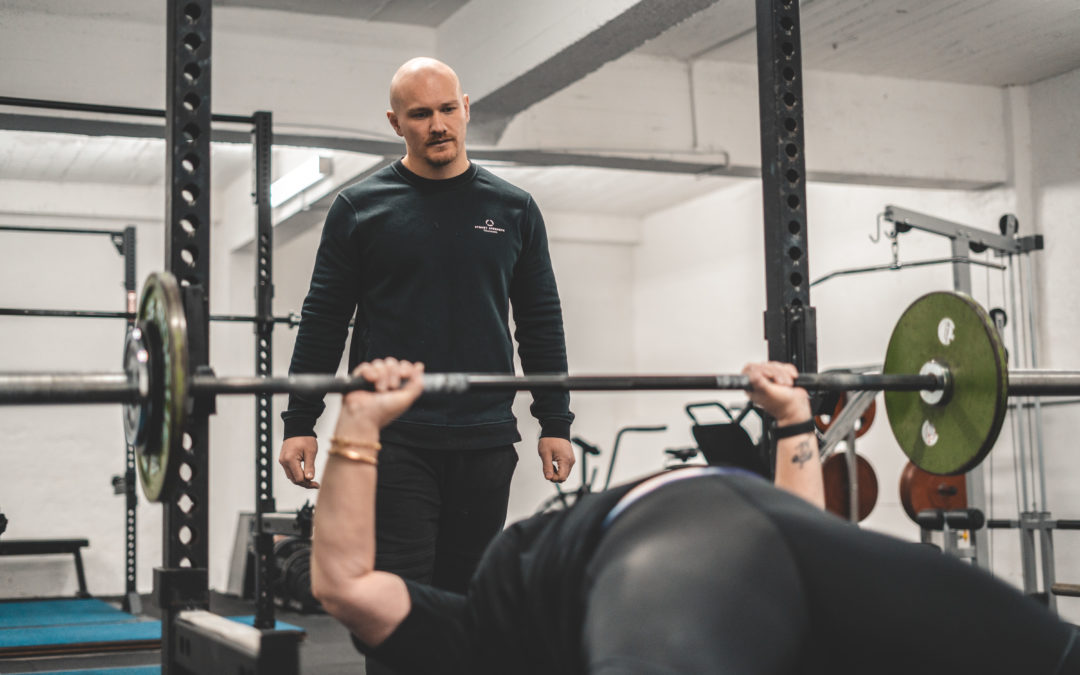The fitness world is one of extremes. It’s not uncommon to see online people leaning heavily to one dietary pattern, training method or injury prevention strategy. Very often the truth lies somewhere in the middle, not the extremes. One glance on social media and you’ll find all manner of memes demonising cardiovascular exercise! “Cardio? Yeah, I do that, I was puffing during a set of squats this week!” For us at Sydney Strength Training our motto is stronger for life and well, last time we checked, the heart is a muscle that needs to get stronger too. Unfortunately, a temporary spike in your heart rate while lifting weights doesn’t cut it. If you’re looking to become a fitter, stronger and healthier you, you will need perform both Resistance Training and perform some cardio (conditioning) too. Today we’ll discuss what conditioning is, the interference effect and how to do both.
What is cardio?
Cardiovascular exercise is any kind of rhythmic activity that relies primarily on both aerobic (with oxygen) and anaerobic (without oxygen) energy systems, to sustain a task for longer or shorter periods of time. Importantly, although the entire musculoskeletal system can be used during cardiovascular exercise, the limiting factor here isn’t local muscular fatigue like resistance training, but instead the ability to produce energy for the task at hand. To better understand cardiovascular exercise, we’ve explained the following terms:
- Heart Rate: frequency of the heartbeat according to the number of contractions per minute. Becoming fitter here essentially means the heart is more efficient at delivering oxygen and nutrients throughout the cardiorespiratory system.
- LISS: Low Intensity Steady State is your typical “cardio” where overall energy is supplied by oxygen. The pace is sustainable and can be carried on for a long time.
- HIIT: High Intensity Interval Training is popular but misunderstood. It is not a circuit class. HIIT instead is short bouts of high energy production (but still less than resistance training) over a shorter period of time (but still longer than a resistance training set). Think something like a 250-meter row.
- Monostructural rhythmic activity: your best options for cardio are activities such as swimming, running, cycling, rowing and brisk walking. Resistance exercises performed in a circuit are too hard and complicated to be repeated for the required amount of time where your heart rate remains elevated.
Cardio and lifting
Weight lifted may matter less for someone looking to improve their quality of life. However, once people are bit by the iron bug, it’s not uncommon for many to worry about their performance as measured by weight on the bar. Cardio presents a potential threat as a task that could take up recovery resources, making you temporarily more fatigued. This is known as the “intereference effect.” There’s no need to fear however, research has shown that individuals can benefit from both training methods simultaneously (2, 3). The adaptations unique to cardiovascular exercise are separate to resistance training. Although, the same body deals with the fatigue from both training methods. With smart fatigue management (such as starting slow), these two methods work in tandem. Interestingly, with greater cardiovascular fitness, people often find they can tolerate more training volume in the gym and maintain a higher peak strength across a session.
Think marathon, not a sprint
Strengthening your heart is essential for good health. If you’re unsure where to start, use the rule of “toos” to guide your decision making. That is, “Too much, too soon after too little, too long”. Slow and steady (here, quite literally) will win the race. Individuals can slowly acclimatise to more cardio by starting with 2 x 25-minute LISS/aerobic sessions weekly and over a month, slowly build up to 3, then in another month, 4 sessions. From here you might increase the duration and pace. Additionally, you may eventually replace one LISS session with a more demanding HIIT session, based on your goals, preferences and program. Moreover, being strong is half the battle. Resistance training is fantastic to develop the muscle mass you need to perform your conditioning. If you’re looking for a more in-depth breakdowns and how to best improve your health, you can contact us here.
References:
- Concurrent aerobic plus resistance exercise versus aerobic exercise alone to improve health outcomes in paediatric obesity: a systematic review and meta-analysis – PubMed (nih.gov)
- Combined training prescriptions for improving cardiorespiratory fitness, physical fitness, body composition, and cardiometabolic risk factors in older adults: Systematic review and meta-analysis of controlled trials – PubMed (nih.gov)
- Effects of Concurrent Strength and Endurance Training on Measures of Physical Fitness in Healthy Middle-Aged and Older Adults: A Systematic Review with Meta-Analysis – PubMed (nih.gov)

